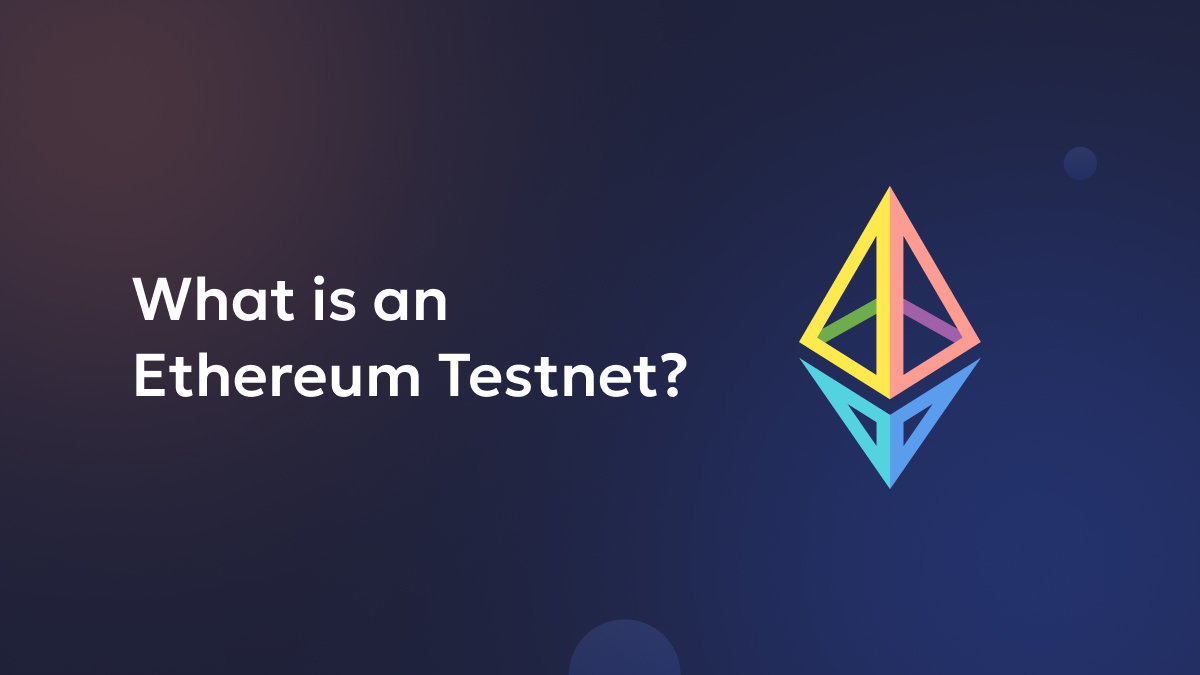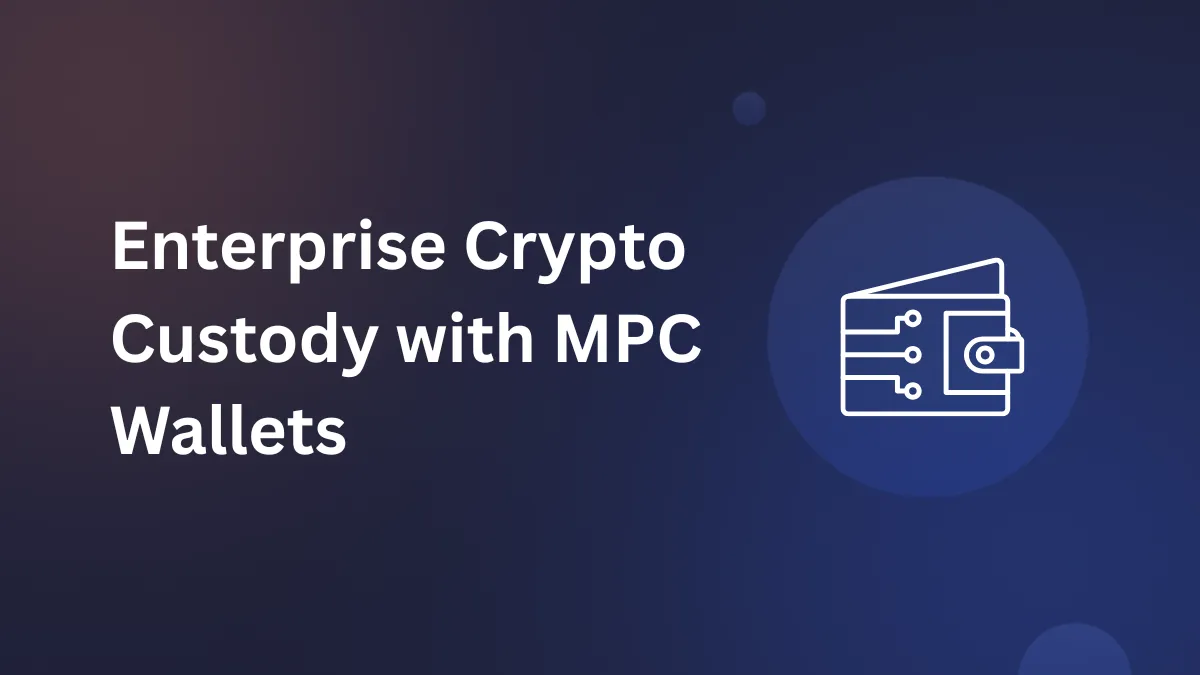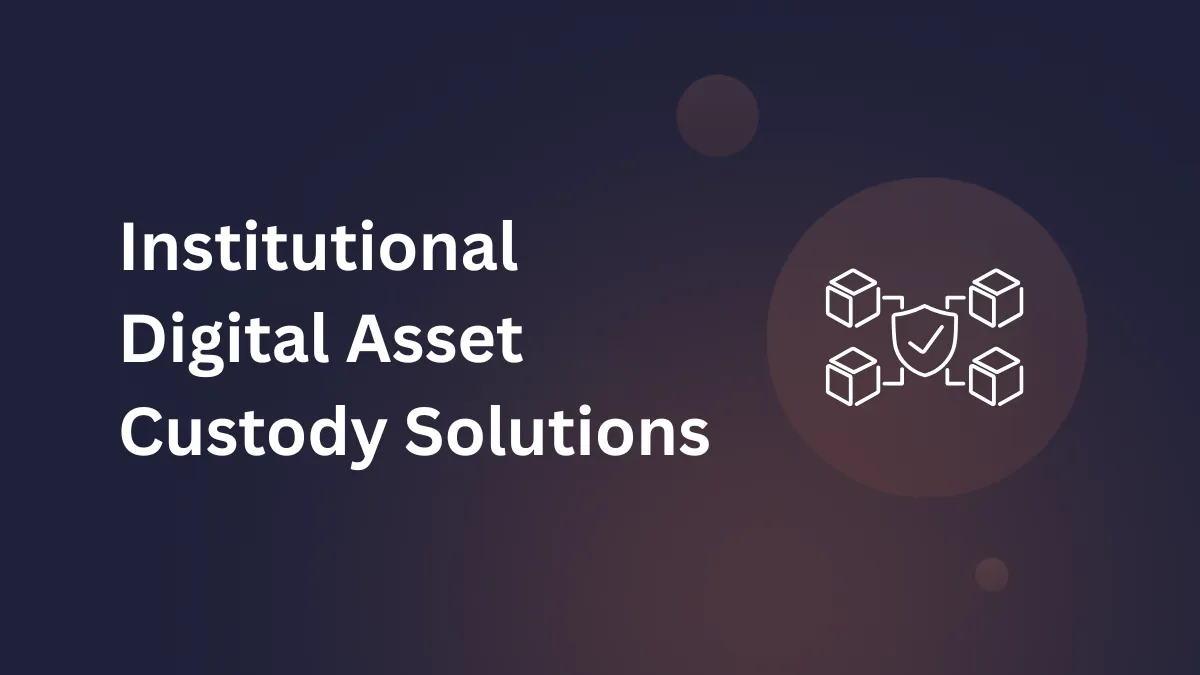An Ethereum testnet is a separate blockchain network that mimics the functionality of the main Ethereum network (mainnet). It provides a safe and cost-effective environment for developers to build, test, and experiment with Ethereum applications and smart contracts without the risks associated with the mainnet. Testnets play a crucial role in the Ethereum ecosystem, allowing for innovation and improvement without compromising the stability and security of the main network.
Key Differences Between Testnets and Mainnet
- Currency: Testnets use test ether (testnet ETH) instead of real ether (ETH). Testnet ETH has no monetary value and can be obtained for free from faucets.
- Consensus Mechanisms: Testnets may use different consensus mechanisms than the mainnet, such as proof-of-authority (PoA) or proof-of-stake (PoS), while the mainnet historically used proof-of-work (PoW) before transitioning to PoS.
- Security: Testnets are not secured by as much computational power as the mainnet, making them more vulnerable to attacks. This is acceptable because testnets don’t hold real value.
- Network Parameters: Testnets may have different block times, gas limits, or other network parameters compared to the mainnet.
- Reset Frequency: Testnets may be reset or “hard forked” more frequently than the mainnet to test new features or implementations.
Why Use an Ethereum Testnet?
Ethereum testnets provide several benefits for developers:
- Safe Testing Environment: Developers can experiment with their code without risking real funds or damaging the mainnet. This is particularly important for smart contract development, where bugs can lead to significant financial losses.
- Cost-effective Development: Deploying and testing smart contracts on testnets is much cheaper than on the mainnet due to the use of testnet ETH. This allows developers to iterate quickly and test various scenarios without incurring real costs.
- Rigorous Testing: Testnets allow for thorough testing of protocol upgrades, infrastructure changes, and smart contracts before deploying them to the mainnet. This helps identify potential issues and vulnerabilities before they can impact the main network.
- Realistic Network Conditions: Testnets provide a more realistic environment for testing compared to local development setups, as they simulate actual network conditions and interactions.
- Community Testing: Testnets allow the wider Ethereum community to participate in testing new features and applications, providing valuable feedback and helping to identify edge cases.
- Educational Purposes: Testnets serve as an excellent learning platform for developers new to Ethereum, allowing them to understand how the network operates without financial risk.
Popular Ethereum Testnets
Several Ethereum testnets have been created over the years, each with its own characteristics and purposes. Some of the most prominent Ethereum testnets are:
- Sepolia: A proof-of-authority testnet primarily used by contract and application developers to test their projects. Sepolia is known for its stability and is one of the recommended testnets for most developers.
- Goerli: A proof-of-authority testnet designed for protocol developers to test network upgrades and for stakers to test running validators. Goerli has gained popularity due to its cross-client compatibility and its role in testing Ethereum’s transition to proof-of-stake.
- Rinkeby: A deprecated proof-of-authority testnet that was widely used in the past but is now being phased out in favor of newer testnets like Sepolia and Goerli.
- Ropsten: A proof-of-work testnet that closely mimicked the mainnet’s characteristics. However, it was vulnerable to spam attacks and has been deprecated.
Each testnet serves different purposes and may be preferred for specific types of testing or development work.
How to Use an Ethereum Testnet
To use a testnet, developers typically follow these steps:
- Choose a Testnet: Select the appropriate testnet based on your development needs and the current recommendations from the Ethereum community.
- Configure Wallet: Switch your Ethereum wallet (e.g., MetaMask or MyEtherWallet) to the desired testnet. This usually involves adding the testnet’s network configuration to your wallet.
- Obtain Testnet ETH: Acquire testnet ETH from a faucet. Faucets are websites or services that distribute free testnet ETH to developers for testing purposes.
- Deploy and Test: Deploy your smart contracts or decentralized applications (dApps) to the testnet and interact with them using testnet ETH.
- Monitor and Debug: Use blockchain explorers and development tools specific to the testnet to monitor transactions and debug your code.
Importance of Testnets in Ethereum Development
Testnets play a vital role in the Ethereum development process:
- Protocol Upgrades: Major Ethereum upgrades, such as the transition from proof-of-work to proof-of-stake, are first implemented and tested on testnets before being deployed to the mainnet.
- DApp Development: Developers can build and test their decentralized applications on testnets, ensuring they function correctly before launching on the mainnet.
- Smart Contract Auditing: Security firms and auditors often use testnets to thoroughly test smart contracts for vulnerabilities and potential exploits.
- Infrastructure Testing: Node operators, wallet providers, and other infrastructure services can test their systems on testnets to ensure compatibility with upcoming changes.
- Community Involvement: Testnets allow the broader Ethereum community to participate in testing and provide feedback on new features and applications.
Challenges and Considerations
While testnets offer numerous benefits, there are some challenges and considerations to keep in mind:
- Network Differences: Testnets may not perfectly replicate mainnet conditions, so some issues might only become apparent after mainnet deployment.
- Limited Economic Incentives: The lack of real economic value on testnets means that certain economic attacks or incentive-based behaviors might not be accurately simulated.
- Potential Instability: Testnets may experience more frequent resets or network upgrades, which can disrupt long-term testing scenarios.
- Faucet Limitations: Some testnet faucets may have rate limits or require authentication, which can slow down the development process.
- Security Considerations: While testnets use worthless tokens, developers should still be cautious about exposing private keys or sensitive information during testing.
Future of Ethereum Testnets
As Ethereum continues to evolve, so do its testnets. The Ethereum community is constantly working on improving testnet infrastructure, exploring new testing methodologies, and creating more robust simulation environments. Future developments may include:
- More Specialized Testnets: Creation of testnets tailored for specific types of testing or development work.
- Enhanced Simulation Tools: Development of tools that can more accurately simulate mainnet conditions, including economic behaviors.
- Integration with Layer 2 Solutions: As Layer 2 scaling solutions become more prevalent, testnets may evolve to better support testing of these technologies.
- Cross-Chain Testing: As interoperability between different blockchain networks becomes more important, testnets may be developed to facilitate testing of cross-chain interactions.
In conclusion, Ethereum testnets are essential components of the Ethereum ecosystem, providing a safe, cost-effective, and realistic environment for developers to innovate and experiment. By leveraging testnets, the Ethereum community can continue to push the boundaries of blockchain technology while maintaining the stability and security of the mainnet. As Ethereum and its surrounding ecosystem continue to grow and evolve, the role of testnets in facilitating this progress remains crucial.





